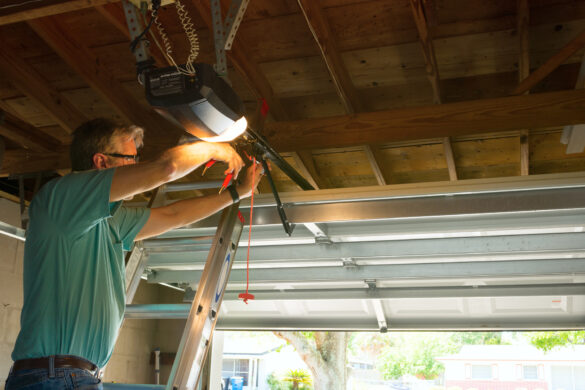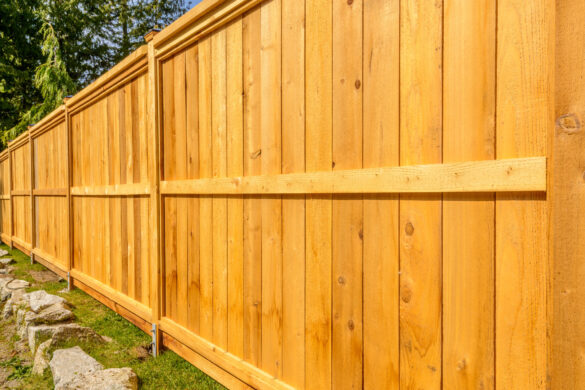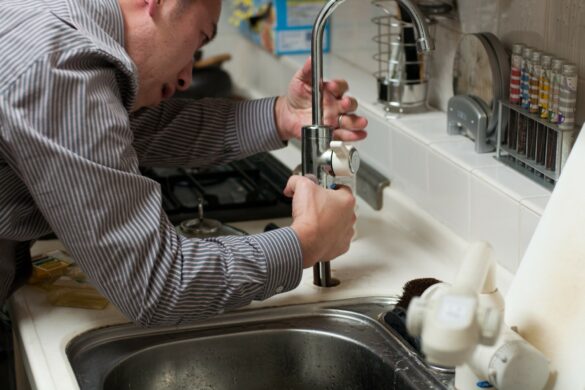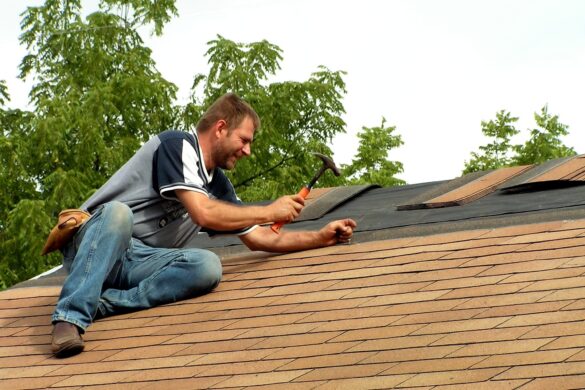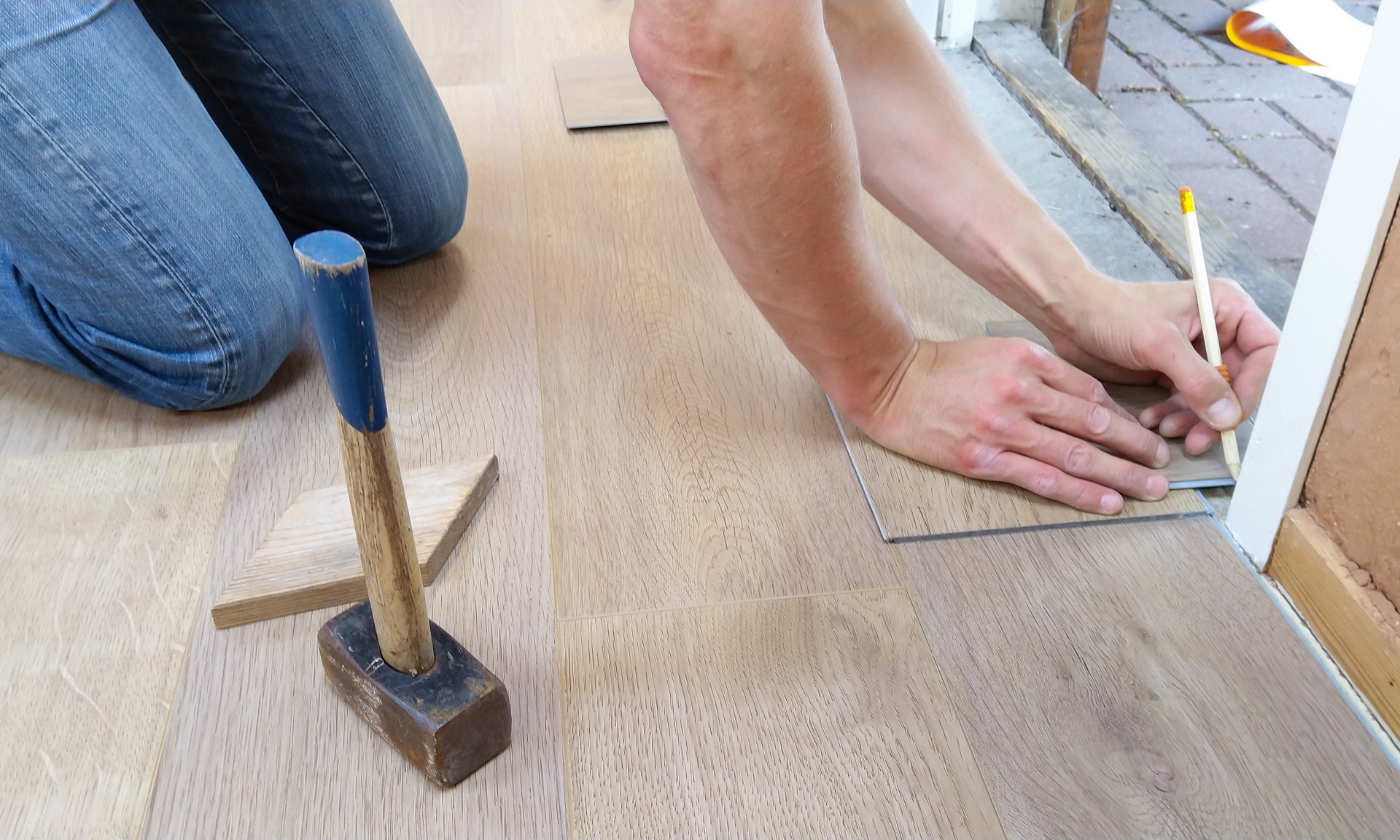 There are plenty of ways that you can easily renovate your home. However, a lot of these renovations are going to cost a lot of money in order for them to be done quickly. Don’t let that break down your hopes of having your home feel like a brand new place—you can still renovate. Take a look at these renovation ideas that are not only going to give your home a fresh new look but won’t break the bank.
There are plenty of ways that you can easily renovate your home. However, a lot of these renovations are going to cost a lot of money in order for them to be done quickly. Don’t let that break down your hopes of having your home feel like a brand new place—you can still renovate. Take a look at these renovation ideas that are not only going to give your home a fresh new look but won’t break the bank.
Stick on marble countertops
While your counters might not be out of date just yet, if you want to create a beautiful home renovation that won’t cost you your life savings, stick-on marble countertops are very easy to get your hands on. You can get them online, from your local hardware and home store, or maybe even from your local supermarket. As long as they are peel and stick, they will be very cheap. And they will look like the real thing as long as you dust out all of the bubbles and make sure nothing dangles over the edge. If the cut is too long, take a pair of crafting scissors and even it out to finalize the look.
New doors
If you are seeing changes happen in your home but your doors are killing your vibe, you can always take them out and install sliding barn doors with sliding barn door hardware. Think about every single movie that you see where the main characters live in a fancy and aesthetically pleasing home. They always have a sliding door installed somewhere. It will change the entire outlook that you have about your home. Sliding doors are the way to go in the year 2021. If you want to put in the money and effort into changing your home bit by bit, try out installing a sliding barn door.
Repaint a few rooms with some designs
Repainting a room is always a cheap and easy way to change up the way your home looks. However, if you want something that feels entirely new, a new coat of paint isn’t going to complete that job alone. Instead, try putting down some tape and stencil and paint over that. When you are finished, remove the tape and the stencil and you will have a beautiful design waiting on the other side. Now your walls are repainted, patterned, and giving you an entirely new aesthetic in your home and whatever room that you just painted. You can have a specific design in mind, or you can let your inspiration flow. As long as you use colors that match, you will create a masterpiece.
Replace the carpet with hardwood flooring (or new carpet)
It might cost a little bit extra to have all of your carpet ripped up and replaced for hardwood flooring, but this might be the exact thing that you need in order to bring new life into your home. If you are okay with spending the extra few dollars, the hardwood floor option is always a good one to look into.
However, if you would instead like to keep things on the cheaper side of life, you can rip up your current carpet and have new carpet installed. You can choose a new color and a different texture so that you feel it is brand new. Or you can have the same color and texture put it but it will be softer and brighter because it is new.
Re-tile your bathroom
This is actually something that is a lot cheaper than a lot of people seem to think. If you contact the right remodeling company, you can have your entire bathroom, not just the tiles, redone in a single day and it wouldn’t even make a dent in your bank account. However, if you are looking to remodel your whole bathroom, you have to do your research on the company choices so that you know you aren’t going to be paying any hidden fees or having a bathroom that is half-remodeled for a week before it is actually done.
